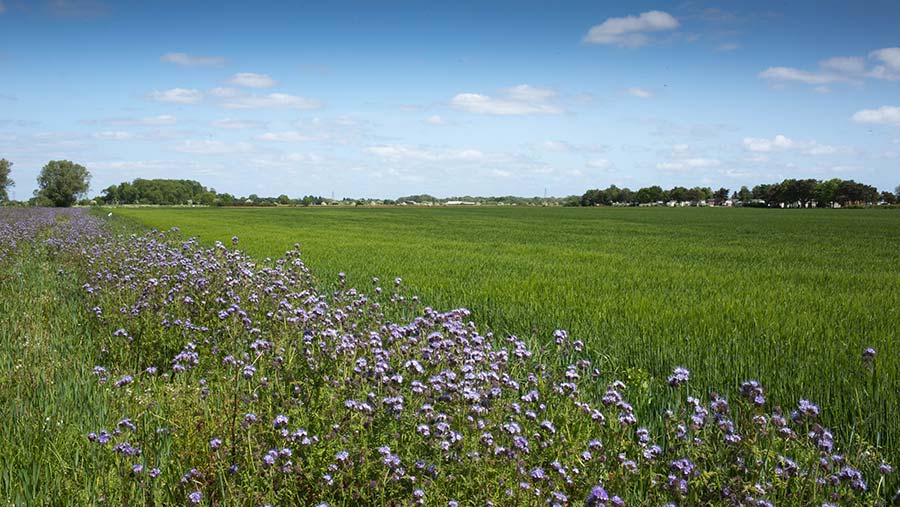Opinion: Keep it simple and pay well if you want ELM to work
 © Tim Scrivener
© Tim Scrivener How did farmers look after the countryside before we started telling them how to do it? I ask this after emerging from another round of Countryside Stewardship (CS) applications in which the head of common sense has been repeatedly banged against the wall of constricting and often contradictory prescriptions.
Long before agri-environment schemes, farmers had meadows, downland and grazing marshes.
We got scared these were disappearing, designated some, and brought in payments for looking after others. With these went a raft of prescriptions – the dos and don’ts, grazing dates, livestock numbers and so on.
See also: What’s on offer for farmers as the SFI takes shape
These prescriptions are based on a theoretical schedule of events unperturbed by actual weather, grass growth, weeds, predation and logistics.
They seem to assume the people on the ground who created this natural capital know little about it. Judge them against the rules, not against what works – and pay as little as you can.
Against this background, I turned to the latest Defra Test & Trials (T&T) evidence report. And the response from people on the ground and their advisers and supporting bodies, tells Defra how the future Environmental Land Management (ELM) scheme should work. Keep it “farm level”, keep it simple and flexible, and put your money where your mouth is.
There is such an opportunity here, if Defra is listening. Naturally, I looked closely at the responses in the T&T report on advice; it can come in many forms, and where it is needed, should be funded and ongoing. But where will the qualified advisers we’ll need for ELM come from, people ask?
A farm’s land management plan (LMP) will be the foundation stone for ELM.
Again, the responses say keep the LMP flexible so it can change over time, and adaptable for different farming sectors. Set the priorities that it addresses at farm level.
One idea stands out for me; a local management board, working alongside a local convenor who can build relationships and co-ordinate priority setting.
The management board should have a role in delivering ELM, developing the advice side of the scheme and supplying information and knowledge.
The board could also provide a governance framework for delivery and monitoring of the scheme. I’ve said before that, in my vision for ELM, the farm’s LMP will produce a bid for funding that a local panel will approve.
In the T&T scenario, the local board and convenor can work with the farm and its adviser to develop the LMP.
The local panel was used in the Leader scheme, and it will be used for awarding the new Farming in Protected Landscapes grants.
And the “bid to a board” approach can get away from the fixed prescription and payments regime that current stewardship schemes have been locked into.
I’ve lost count of the number of times farmers have said to me they’d like to do something a bit different in their scheme – or more – but they can’t.
And how often have they looked at payments, based on some past calculation of profit foregone, and said: “That little? Really?”
At the very least, payments in ELM should reflect the true cost of what’s being delivered and its value to society.
The bid to a board approach opens up a new way, though, namely: “This is what I will need to do this, pay it, and let me decide how I do it.” Simple!

